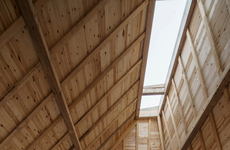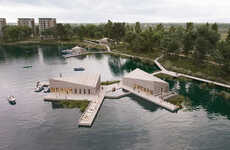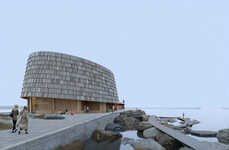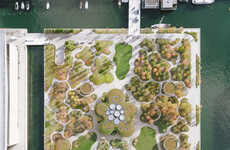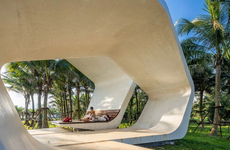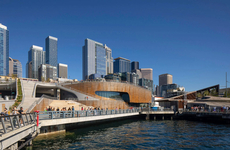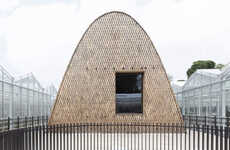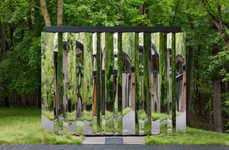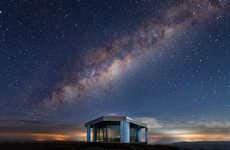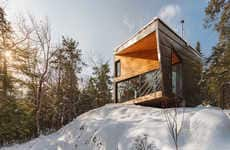
This Sustainable Architecture Project Harmonizes Design and Nature
C.F. Moller's climate adaptation system in Denmark is the latest instance of sustainable architecture projects that leverage the innovative strengths of urban design to resolve future worries of climate change and preserve natural landscapes. Described as an "architectural multi-tool," Storkeengen has been designed to protect the nearby town of Randers from excessive stormwater levels, but also brings the delta along the longest river in Denmark closer to the residence of the town.
The climate adaptation measures are so designed that they add value to the area. The sustainable architecture project combines wastewater solutions with a recreational natural park through the collection of water in purification basins. This supports the natural wet meadow areas before they are led to the Gudena stream.
To make this an accessible project, C.F. Moller added new pathways throughout the unique flora and fauna; they give the nature lover an enhanced experience and appreciation of the park.
The climate adaptation measures are so designed that they add value to the area. The sustainable architecture project combines wastewater solutions with a recreational natural park through the collection of water in purification basins. This supports the natural wet meadow areas before they are led to the Gudena stream.
To make this an accessible project, C.F. Moller added new pathways throughout the unique flora and fauna; they give the nature lover an enhanced experience and appreciation of the park.
Trend Themes
1. Sustainable Architecture - This trend presents opportunities for developing innovative climate adaptation systems that harmonize design and nature.
2. Urban Design - This trend opens up possibilities for creating resilient cities that can withstand the impacts of climate change and protect natural landscapes.
3. Green Infrastructure - This trend offers potential for integrating sustainable water management systems with recreational parks, providing environmental and social benefits.
Industry Implications
1. Architecture - This industry can explore new approaches to sustainable design and climate adaptation systems that align with urban conservation park initiatives.
2. Urban Planning - This industry can play a crucial role in incorporating sustainable design principles into city development plans, promoting the creation of urban conservation parks.
3. Environmental Conservation - This industry can collaborate with architects and urban planners to develop innovative strategies for preserving natural landscapes and reducing the impact of climate change.
2.2
Score
Popularity
Activity
Freshness

